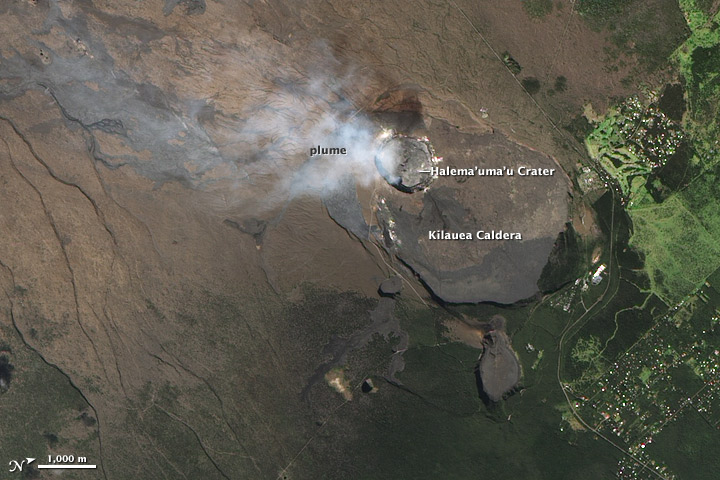Pahoa residents advised to prepare for possible evacuation in three to five days
Lava from the Kilauea volcano in Hawaii's Big Island continues to flow toward the town of Pahoa, and residents are advised to prepare for a possible evacuation in the next three to five days.

Civil Defense issued an official advisory at 7:45 p.m. Saturday, Oct. 25, posted in the County of Hawai'i's website. It reads:
The flow continues to remain active and has advanced approximately 35 yards since 2:00 this afternoon. The flow front crossed Apa'a Street at approximately 3:50am this morning and continues to advance in a northeast direction towards the cemetery. The flow is currently moving at approximately 10 yards per hour. Smoke from the burning asphalt is not affecting area communities at this time however residents are advised that conditions could change with the varying winds.
Based on the current flow location, direction and advancement, residents in the flow path will be placed on an evacuation notice.
The statement says that residents in flow path and critical areas need to make necessary preparations, and are asked to be ready by Tuesday, Oct. 28, for a possible evacuation.
According to Fox News, the edge of the lava flow is a mere six-tenths of a mile or just over 3,000 feet away from the village's main road. Officials went door-to-door Saturday to inform the residents of about 50 homes reagarding the developments.
The 2,000-degree Fahrenheit lava has reportedly been flowing erratically, at times moving at speed while slowing down at other times, thus it is unknown precisely when it would reach the village.
Kilauea is the most active of the five volcanoes that make up the island of Hawai'i or the Big Island. Its current eruption is said to be the world's longest-lived eruptions, having started in 1983. However, in the past two years, the volcano's activity has become more worrisome because the flow of lava has taken a northeast direction toward a densely populated area.











